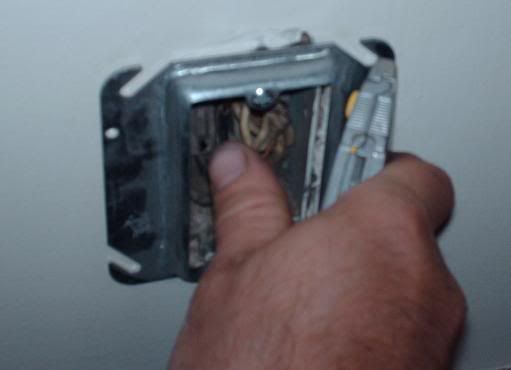brother
Senior Member
Well ive done my share of remodles and additions to 'tenant improvements'.
Just looking for some tips, or tricks that i may not have picked up on. Lately i had to do alot of add ons of 2 gang mud rings where the single gang was for the receptacles. They basically wanted a 'quad' instead of a 'duplex'.
I always have to be careful not to cut the (sheetrock) outline of the mudring too big as my normal size faceplate wont cover it as easily. Once in a great a while i would make the mistake and have to use the bigger faceplate.
Any tips on the cutting out the sheetrock to remove the single gang mudring and replace it with the 2 gang mudring?
Just looking for some tips, or tricks that i may not have picked up on. Lately i had to do alot of add ons of 2 gang mud rings where the single gang was for the receptacles. They basically wanted a 'quad' instead of a 'duplex'.
I always have to be careful not to cut the (sheetrock) outline of the mudring too big as my normal size faceplate wont cover it as easily. Once in a great a while i would make the mistake and have to use the bigger faceplate.
Any tips on the cutting out the sheetrock to remove the single gang mudring and replace it with the 2 gang mudring?





